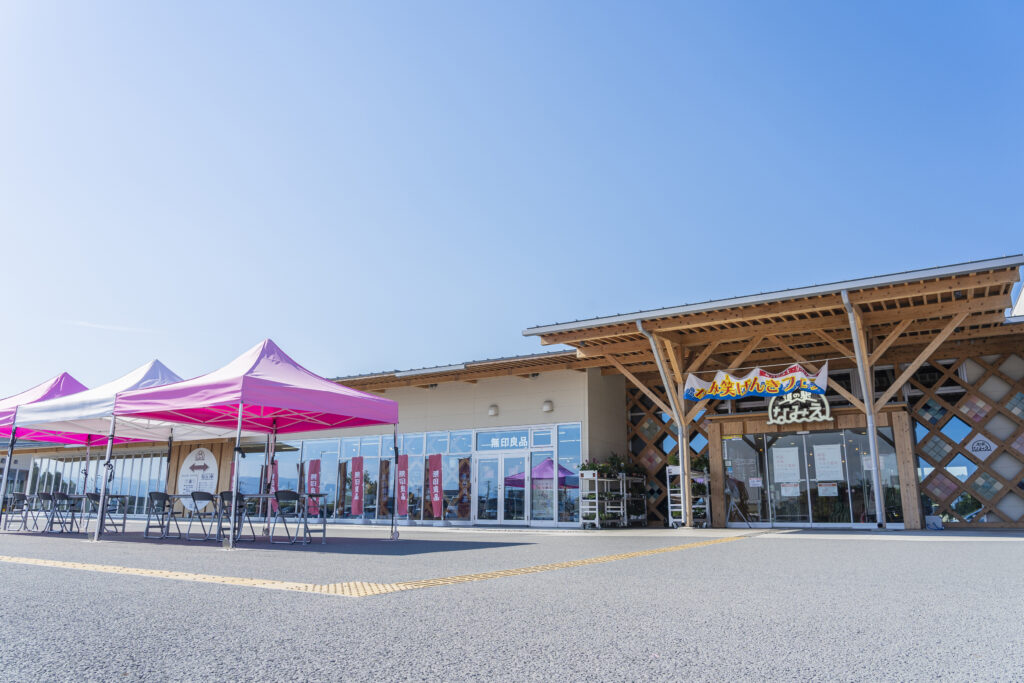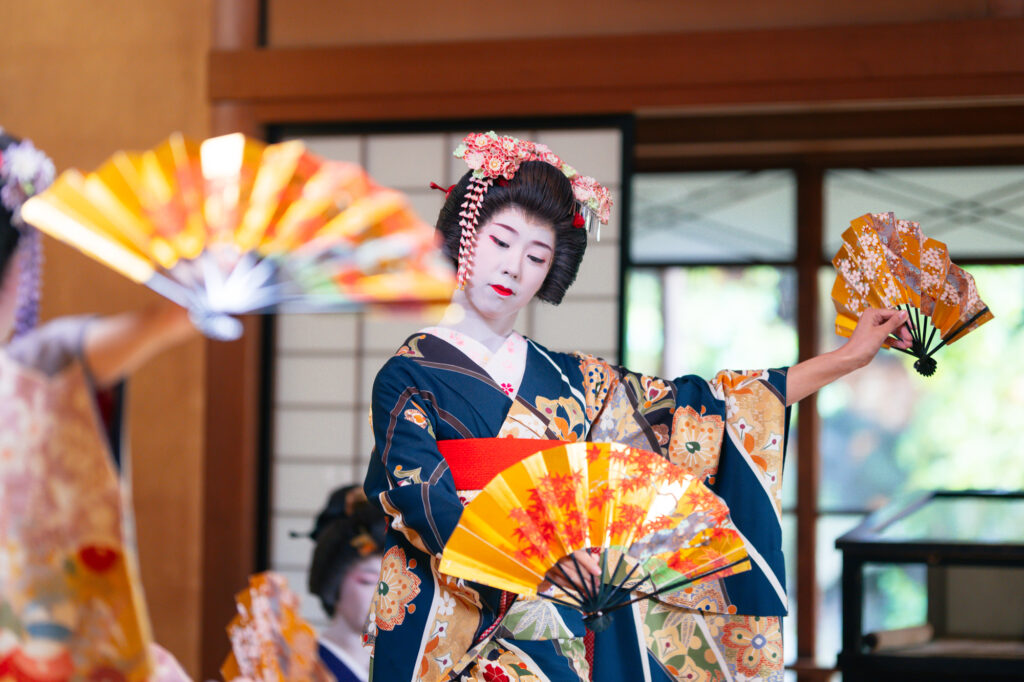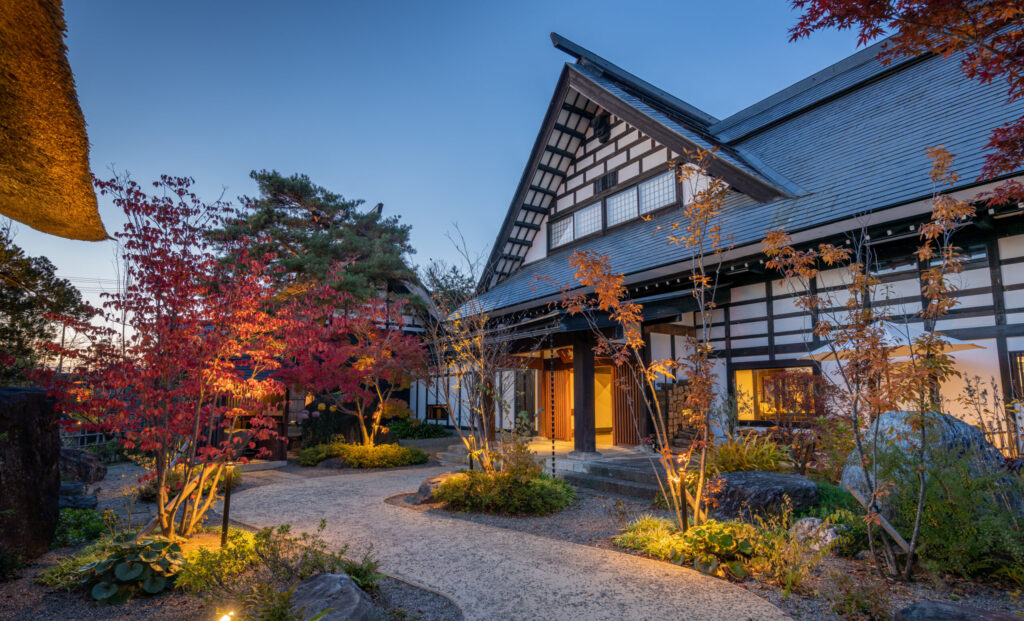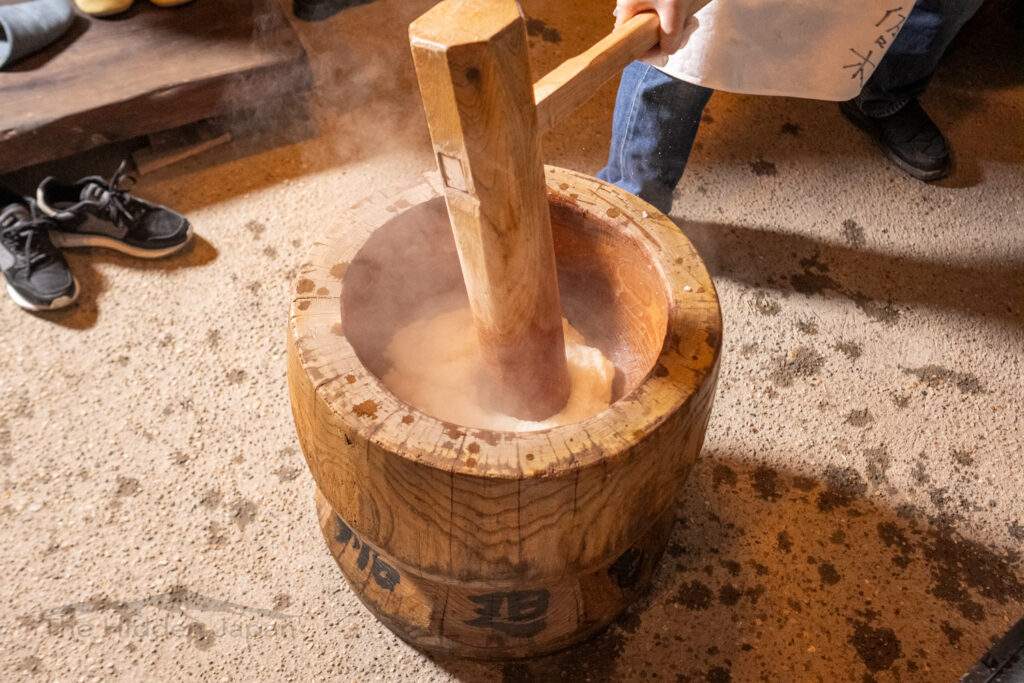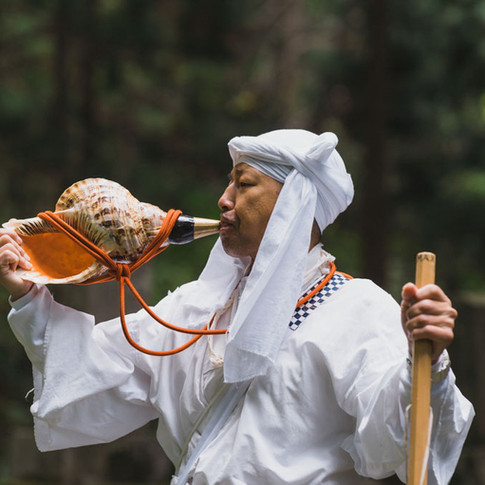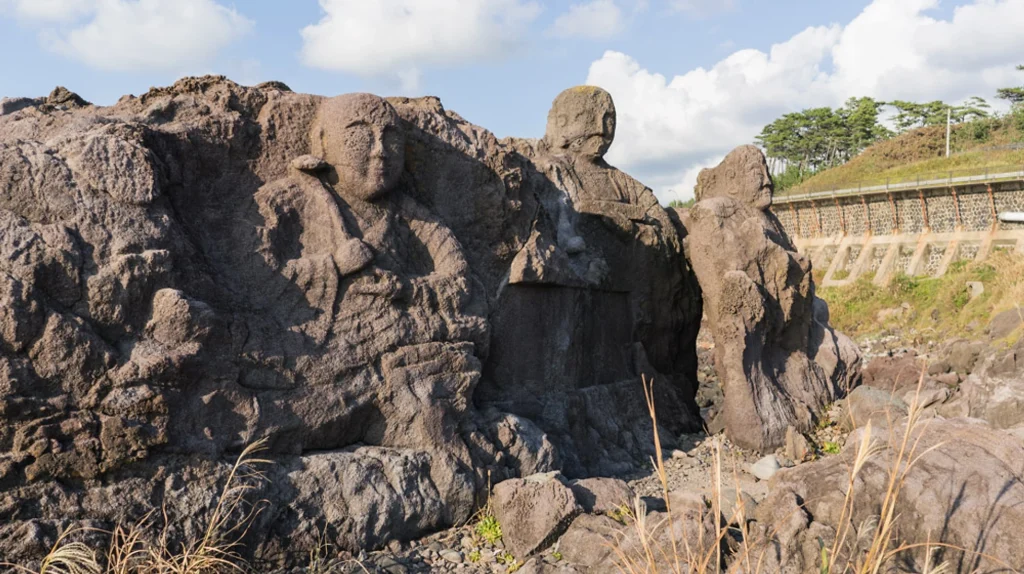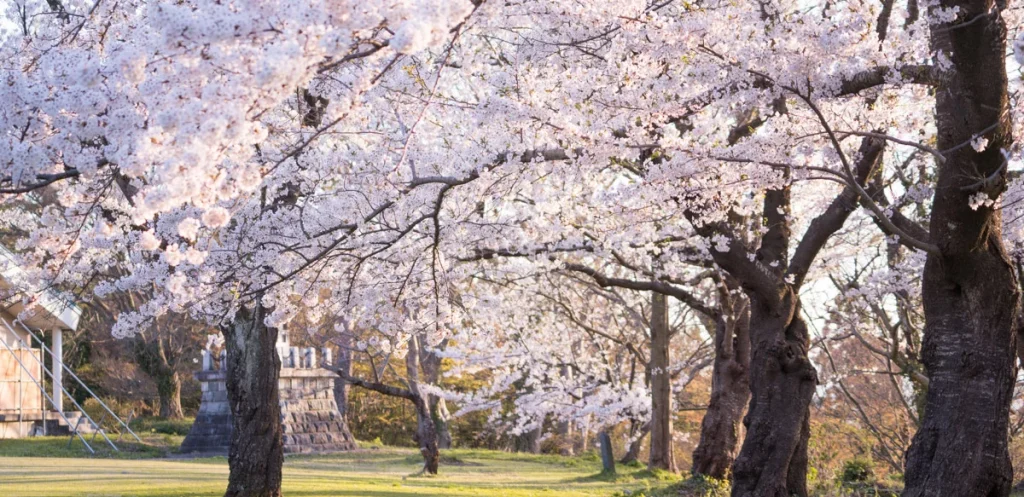
Yamagata Prefecture
The most sacred site of the Dewa Sanzan.
The third and most sacred of the Dewa Sanzan Mountains of Yamagata Prefecture, Mt. Yudono is a 1504m high peak that lies 8km from the summit of Mt. Gassan.
Mt. Yudono is different from the other Dewa Sanzan in that it does not entail a true hike to access its shrine and is easily the most accessible of these mountains in terms of physical ability. Despite its easier access, the shrine of Yudono is shrouded and secrecy where showing photos and even detailed descriptions of it are considered highly taboo.
Also known as “the shrine deep at the back of the Dewa Sanzan” (出羽三山の奥宮), Mt. Yudono has been a key component of Yamabushi pilgrimages since Prince Hachiko first opened the mountains for worship in the late 6th century A.D., and it is still revered by hundreds of thousands of visitors to the region to this day.
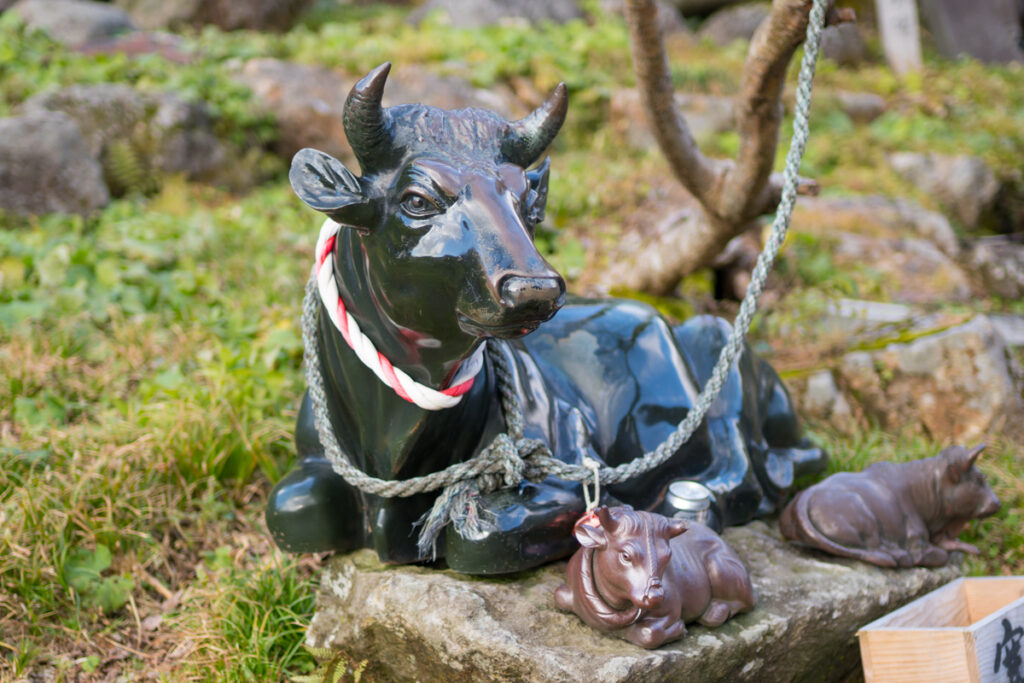
Quick Info
Cost
Toll Road: 400 yen
Bus to the top: 300 yen one-way, 400 yen return
Blessing and to pay your respects at the shrine: 500 yen
Round trip bus via Tsuruoka: 2,000 yen
Round trip bus via Mt. Haguro: 1,500 yen
Opening Hours
Accessibility varies from year to year due to heavy snowfall. Typically open from the start of May until the first week of November.
Average Duration
1-2 hours
Address
〒997-0532 Yamagata, Tsuruoka, Tamugimata, 六十里山7
Use this address to take you to the main parking lot of Mt. Yudono before the ascent to the shrine:
〒997-0532 Yamagata, Tsuruoka, Tamugimata, 六十里山7
Other tips
A rental car is highly encouraged as bus times are extremely limited. See available rental car options here.
There is a lack of cell reception on this mountain.
Meander the Mysterious Mt. Yudono
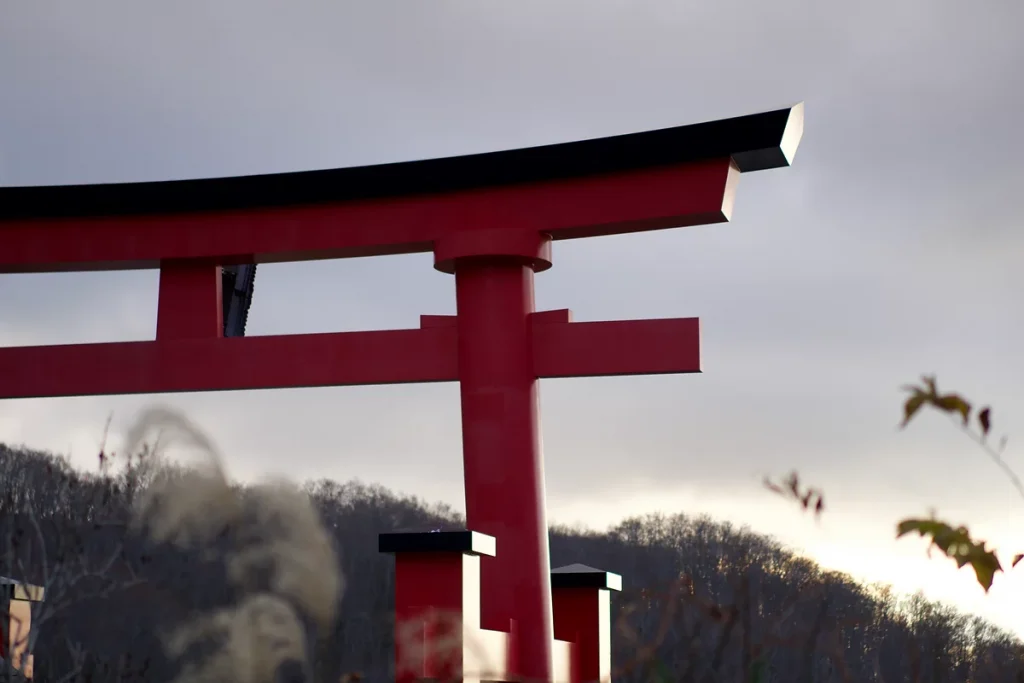
Along with the other mountains of the Dewa Sanzan, Mt. Gassan and Mt. Haguro, during the Edo period (1603-1868) Mt. Yudono became an extremely popular destination among the Japanese as a rite of passage. “Nishi no Ise Mairi, Higashi no Oku Mairi” as the saying goes means ‘head west to Ise Grand Shrine, and head east to the depths’, referring to the Dewa Sanzan.
Due to its sacredness, it is forbidden to talk about what Mt. Yudono entails, and in addition no photos or videos are allowed at the shrine. This greatly limits the content of what we can share, but visitors can agree that the sights of Mt. Yudono are best experienced in person.
Let’s start with what we can tell you then: there is no shrine building, you are going to need a towel, and famed poet Matsuo Basho’s words may give you another hint of what you will experience.
First, mostly natural features are worshipped in the Shinto religion, and although there is an actual Mt. Yudono peak, it is not the main attraction. Unlike most other deities in Japan that are worshipped in shrine buildings, there is a natural feature on Mt. Yudono that cannot fit inside a shrine, so the feature itself is considered a shrine.
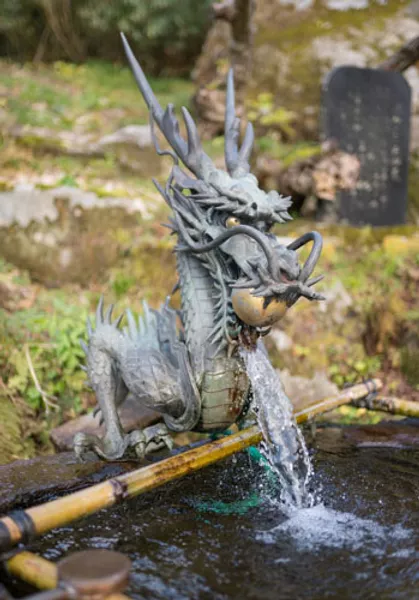
Secondly, you are required to be barefoot while you pay your respects to the ‘shrine’, and once finished you will need a small towel to wipe your feet. And lastly, in July of 1689 during the Edo period when famed Haiku poet Matsuo Basho visited the Dewa Sanzan he remarked “no speaking, left wet by Mt. Yudono, at the mountain foot”.
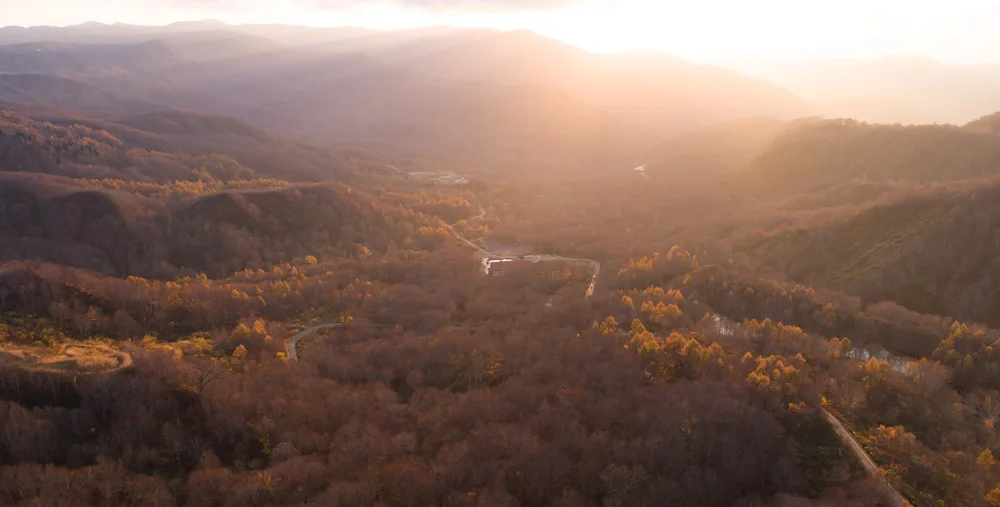
How do I pay my respects at Mt. Yudono?
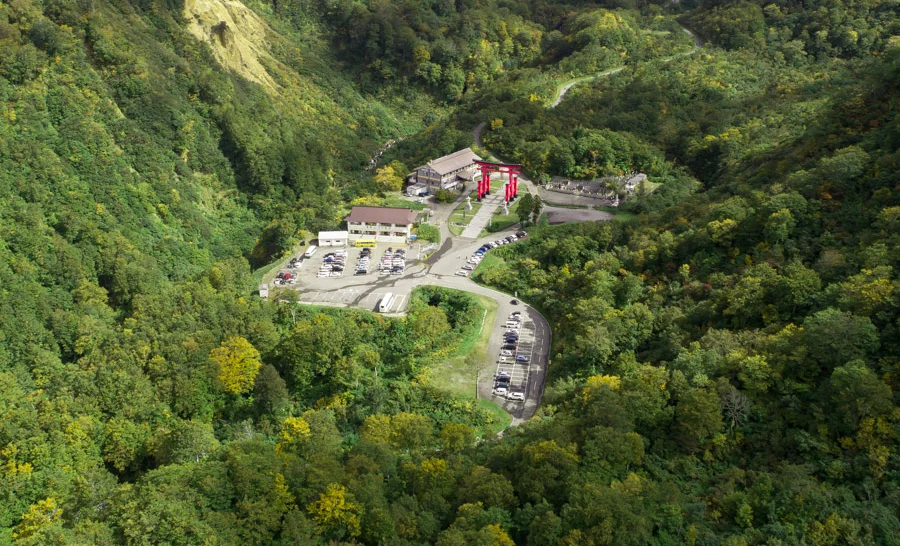
When you reach the carpark at the top, you will see a path that leads up into the hill with statues of cows and a basin on the left-hand side (the year of the cow is said to be a lucky year for Mt. Yudono). Purify yourself using the basin and then continue along the path that leads up, then down the hill.
There is also a regular bus service that will take people from the main gate of Mt. Yudono and to the entrance of the shrine.
Note that once you cross the line of paper seals in the image below, photos and videos are strictly prohibited.
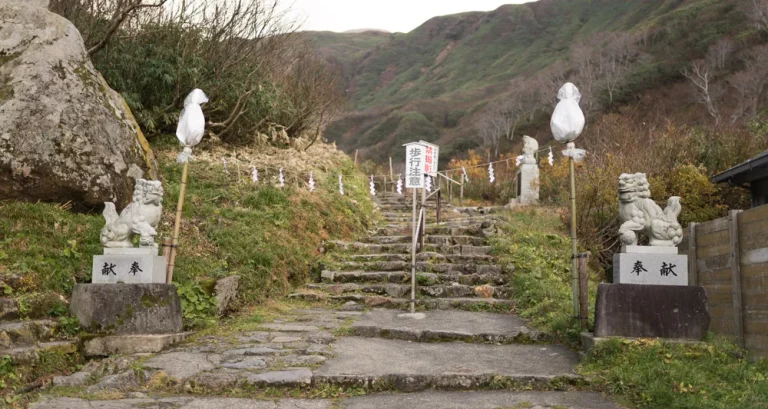
When you arrive, there will be a hut to your right, take your shoes off and leave them here. Then, walk straight ahead and you will see a priest in a small hut next to the gate to go in. The priest will collect 500 yen per person and ask you to bow slightly and will pray for you before giving you a white piece of paper in the shape of a human, and a small charm to keep. The piece of paper is to purify yourself before you enter the sacred shrine. Simply rub the paper on all parts of your body, then place it in the water next to you.
From here you will be entering the shrine of Mt. Yudono, we will leave it to you to experience what this sacred site has in store for you.
When’s the best time to visit Mt. Yudono?
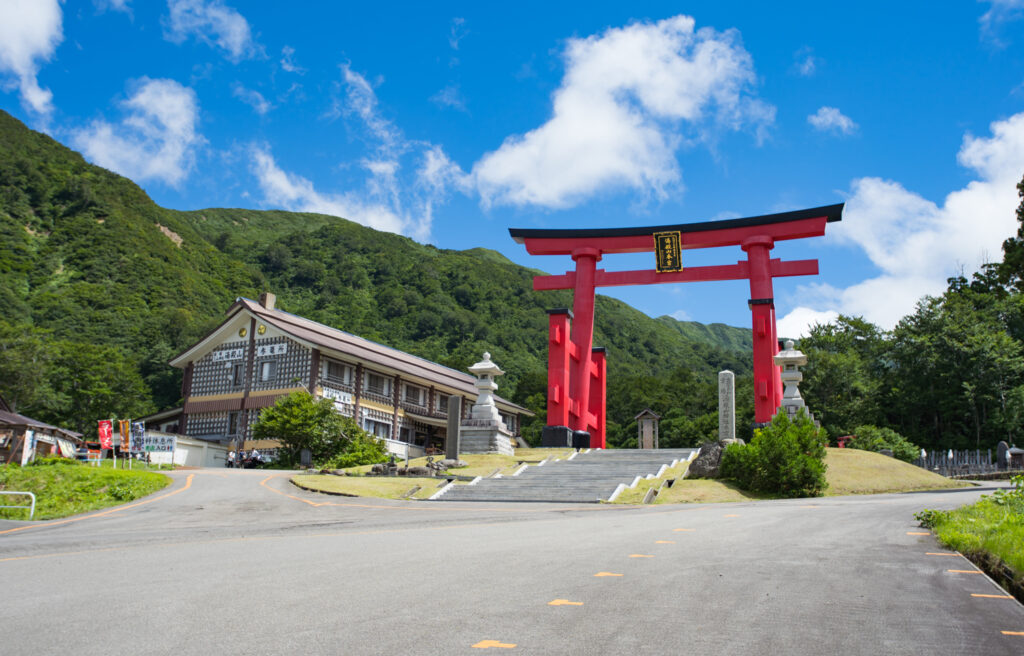
As Mt. Yudono is in the middle of a mountain range the only time to visit is during the warmer months due to heavy snow the rest of the year. Mt. Yudono officially opens for worship in time for Golden Week, generally around the first week of May, and closes around early November when the snow begins to pile up. This means there is enough time to catch the autumn foliage, arguably the best time to visit. Another good time to visit would be during Mt. Yudono Shrine’s annual festival held on June 1st and called the ‘Yudonosan Kaizansai’.
How do I get to Mt. Yudono?
Fortunately for some, Mt. Yudono doesn’t require climbing 2,446 stone steps or uphill for three hours to get to. There is a carpark at the shrine gates of Mt. Yudono that can be reached from the highway between Tsuruoka and inland Yamagata either by bus or car.
Hiking to Mt. Yudono from Mt. Gassan
For those hiking the Dewa Sanzan, Mt. Yudono can be reached by first climbing to the summit of Mt. Gassan, then heading west along the Bonji River. There is a bus from Mt. Yudono that can take you back to central Tsuruoka or Mt. Haguro, however there are only about three each day and this will require some planning.
Buses to Mt. Yudono
Busses to Mt. Yudono run on weekends and public holidays from the beginning of June to the end of October. The bus will take you to the shrine gates, not all the way to the top, and from central Tsuruoka City it takes about 80 minutes.
Note that the bus schedule does vary by year so please see Tsuruoka City’s official website for more information on the bus schedule.
Driving to Mt. Yudono
If you’re driving, a few minutes after coming off the highway (Route 112) there is a carpark and the toll road up to Mt. Yudono can be seen on the left. The cost to get through is 400 yen, and this will take you to the shrine gates where you can climb up from. From central Tsuruoka this is about an hour drive and is said to be 15-minutes from the Mt. Yudono Interchange, or 20 minutes from the Mt. Gassan Interchange.
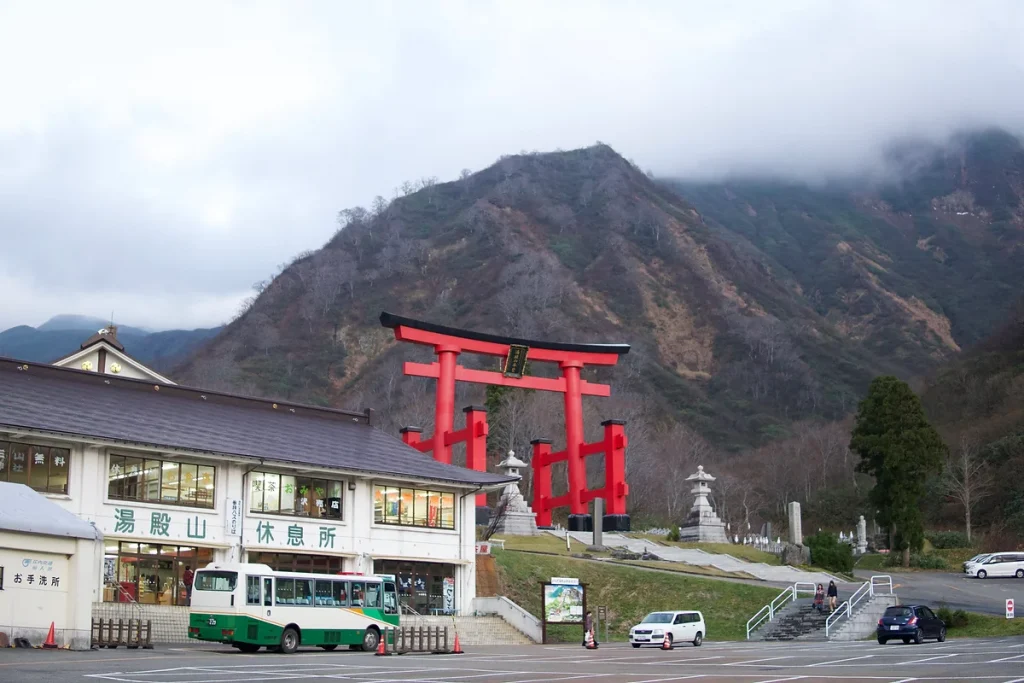
Use this address to take you to the main parking lot of Mt. Yudono before the ascent to the shrine:
〒997-0532 Yamagata, Tsuruoka, Tamugimata, 六十里山7

